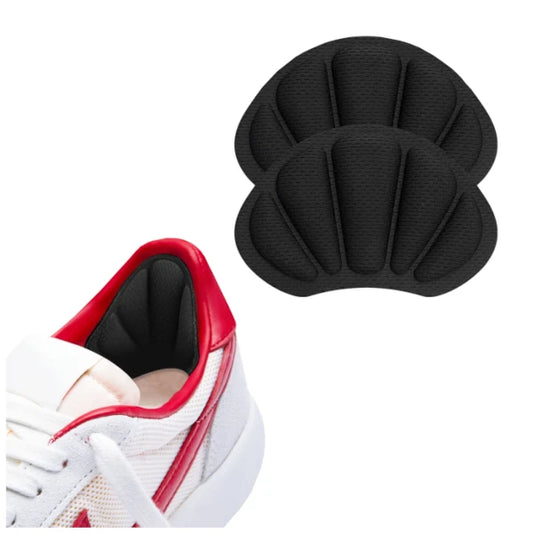Is your heel pain plantar fasciitis?
Share
Hello, I'm Diana, a physiotherapist with eight years of experience and have published research related to foot pain. One of the most common problems I see in my clinic is heel pain caused by plantar fasciitis. From my clinical experience treating people with plantar fasciitis, I can tell you it's a stubborn pain that can make even simple tasks like walking or standing uncomfortable. Many people feel like it’s never going to go away—but the good news is, it can. With the right care and consistency, most people recover fully.
Plantar fasciitis happens when the plantar fascia, a thick band of tissue that runs along the bottom of your foot, becomes irritated or inflamed. This tissue acts like a shock absorber, supporting your arch and helping you move comfortably. When it's strained too much, small tears can develop, leading to inflammation and pain, often around the heel or arch area.
If you have flat feet, you may be more at risk of developing plantar fasciitis. When the arch of your foot is collapsed, the muscles and ligaments are no longer working in their ideal alignment. Over time, this imbalance can trigger pain that tends to worsen at the end of the day. The “itis” in plantar fasciitis actually means inflammation, and like most inflammatory conditions, symptoms can feel more intense after prolonged activity or by nighttime.
The pain is often described as sharp, especially with the first few steps in the morning or after sitting for a while. It may ease as you move around, but come back after standing or walking for long periods.
The best part is that there are simple, effective ways to ease the pain. Stretching your calves and the bottom of your feet can relieve tension. Rolling your foot gently over a frozen water bottle or a small massage ball - or even a tennis or golf ball - can help reduce inflammation. Wearing supportive shoes with good arch support and/ or using insoles with solid arch support that don't collapse under your weight can also make a big difference by reducing the strain on your fascia.
As preventive measures, avoid walking barefoot on hard surfaces and take short breaks during the day to give your feet some rest. If your symptoms persist, seeing a podiatrist or a physiotherapist can help you identify the underlying cause and design an exercise plan tailored to your needs.
Plantar fasciitis can be frustrating, but with time, patience, and proper care, recovery is absolutely possible. Your feet work hard for you every day—so give them the support and attention they deserve.
Author Info

Diana Ferreira
Licensed physiotherapist with over 8 years of experience specializing in musculoskeletal injuries and a Master's degree with a thesis focused on the complexities of foot pain.
Passionate about helping people living active and healthier lives using practical and science-based solutions.






